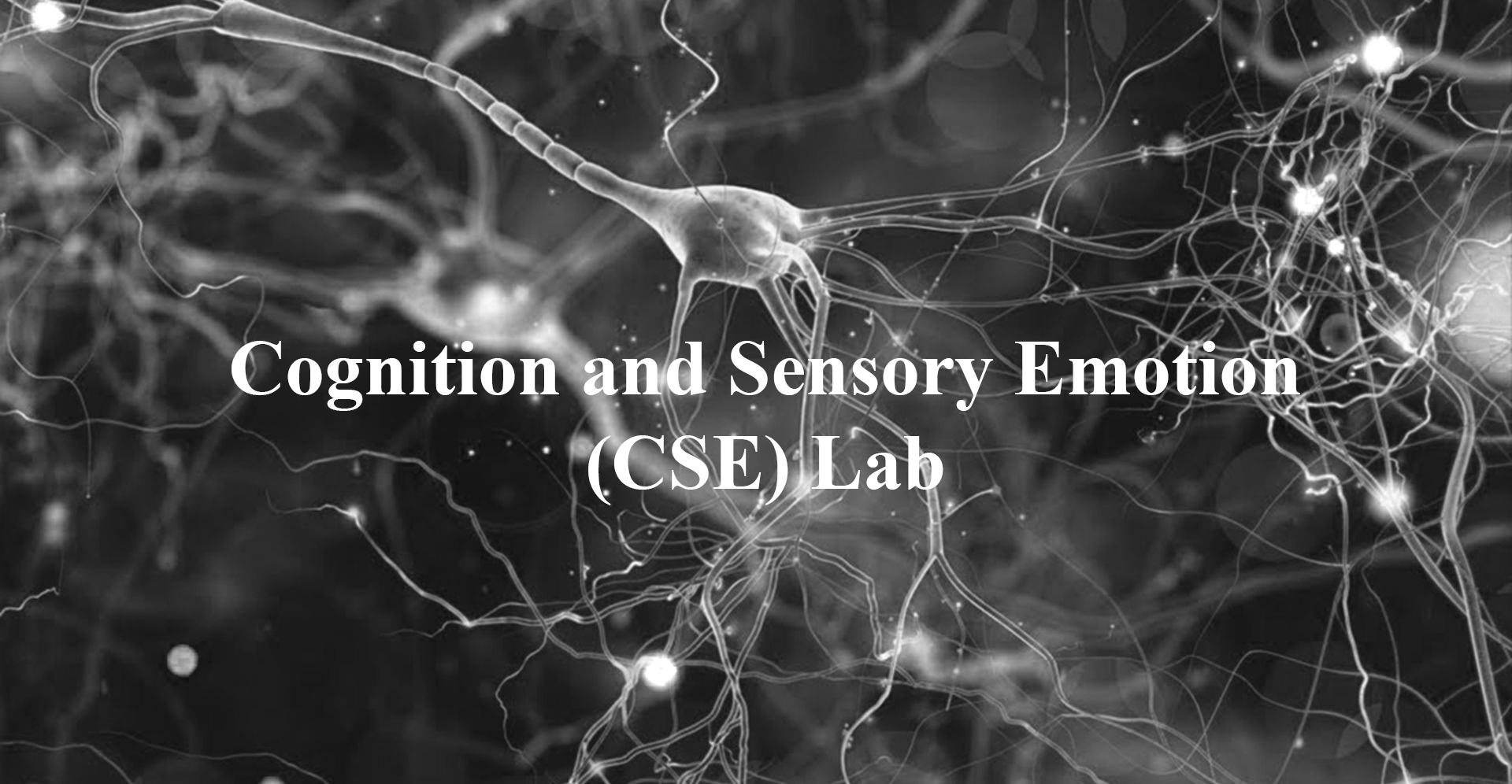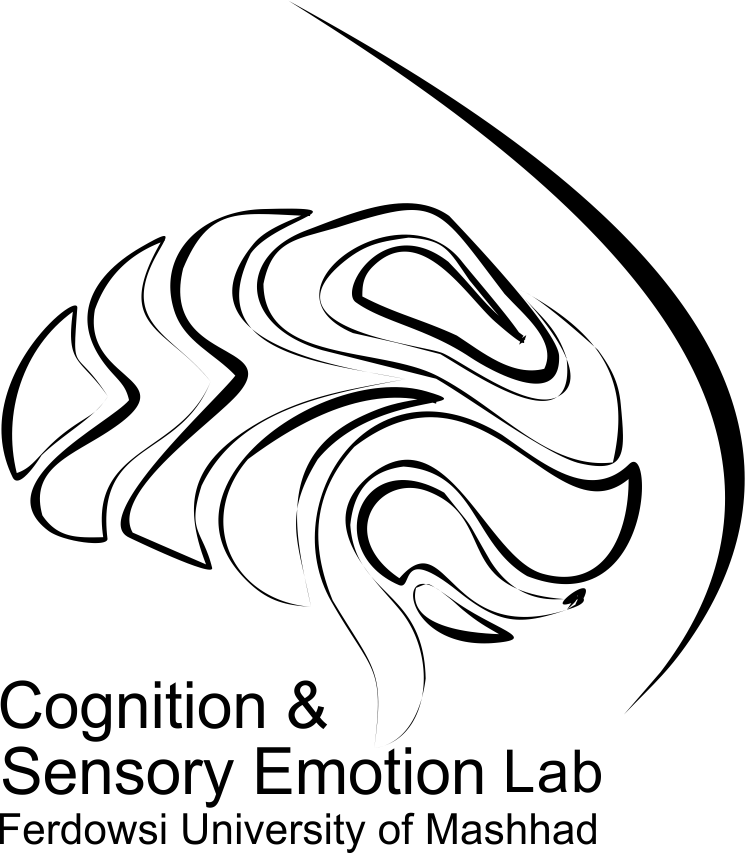
Emotioncy Theory
Emotioncy is the relationship between senses and emotions. The term emotioncy (emotion+frequency) was coined in 2013 and is defined as the emotions provoked by sensory experiences relativizing cognition. The concept is somehow rooted in former studies on embodied cognition, when the roles of sensorimotor capacities, body, and environment in molding one’s cognition were put under the spotlight. This idea was also in line with Greenspan’s (1992) developmental individual-difference relationship-based (DIR) model that accentuated affective domains. It is also in line with life course theory and activity theory. Considering that emotions can often be byproducts of sensory experiences, based on emotioncy what we hear, see, taste, touch, and smell trigger various emotional responses within us which form our perceptions of reality. Hence, individuals may not have the slightest clue of a concept/word as a result of receiving no sensory input (null emotioncy), they may have only heard about it (auditory emotioncy), they may have heard about and seen it (visual emotioncy), they may have heard about, seen it, and smelled/touched it (kinesthetic emotioncy), they may have directly undergone the experience themselves (inner emotioncy), or they may have gone through the experience and took it upon themselves to research into it in order for additional information to be attained (arch emotioncy). Individuals may hold different emotions toward a certain concept/word/situation which are categorized under the rubrics of avolvement (null emotioncy), exvolvement (auditory, visual, and kinesthetic emotioncies), and involvement (inner and arch emotioncies). In addition, in the case of receiving no sensory stimuli, no emotions are generated (avolvement).
